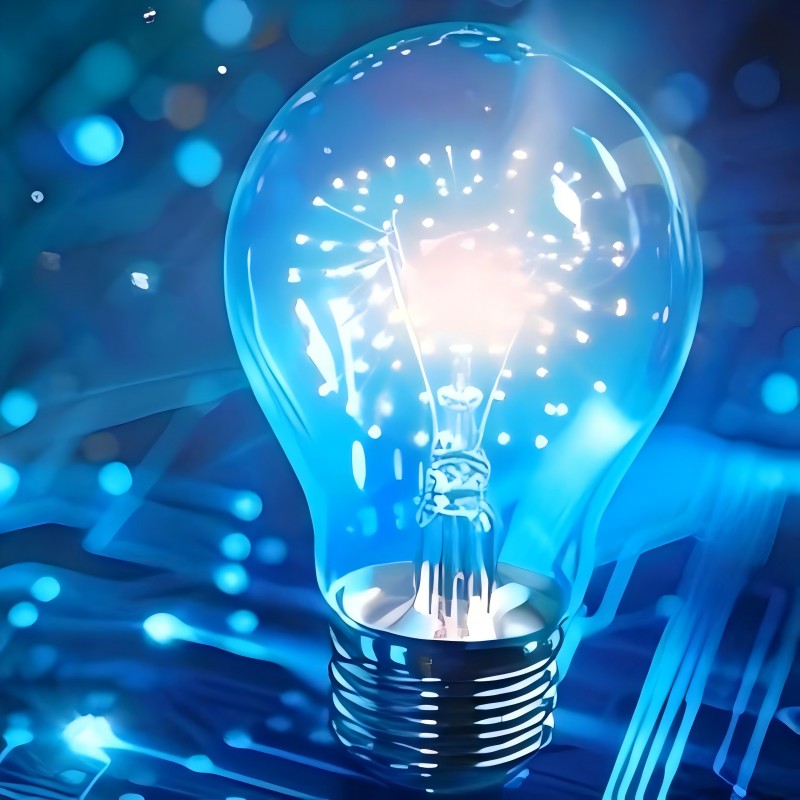From "illuminating space" to "nourishing life," an industry transformation driven by new materials, new optics, and new intelligence.
Opening: Light Redefined
Late at night in the study, a desk lamp automatically adjusts to a warm 4000K white light. The light bathes the pages of a book like the morning sun, revealing the texture of the paper without a trace of glare. In the bedroom at dawn, the ceiling slowly illuminates, simulating a sunrise spectrum, quietly lowering the body's melatonin level and allowing the awakening process to be as soothing as a natural awakening. This is no longer a sci-fi scenario; it's the reality of today's high-end smart lighting.
After three revolutions in the lighting industry: the thermal radiation of incandescent lamps, the gas discharge of fluorescent lamps, and the solid-state illumination of LEDs, the fourth-generation lighting revolution is now igniting a nuclear fusion of innovation in materials, optics, and intelligence, with "human health" and "ultimate energy efficiency" as its dual cores. We delve into laboratories and production lines to uncover six frontiers of technological breakthroughs.
Chapter 1: Reshaping Materials: The Transition from Light-Emitting Chips to Drivers
1.1 Third-Generation Semiconductors: Strengthening the Core
Gallium Nitride (GaN) Revolutionizes the Power Supply Ecosystem
Traditional silicon-based power supply efficiency ceilings at 85%, while GaN devices push efficiency to over 96% (according to NVC Lighting's laboratory data), while reducing size by 60%. Foshan Lighting's latest ultra-thin ceiling light measures just 1.8cm, thanks to its GaN driver—heat generation is reduced by 50% and its lifespan exceeds 100,000 hours.
Silicon Carbide (SiC) Enters High-Power Lighting
Lighting for large venues such as subway stations and stadiums is undergoing a transformation. San'an Optoelectronics, in collaboration with the Chinese Academy of Sciences, has developed a SiC-LED module with a luminous efficacy of 180 lm/W at 1000W power, achieving 40% energy savings and a 30% reduction in cooling costs compared to traditional solutions.
1.2 Quantum Dot Technology: The Precision Scalpel of the Spectrum
Pushing the Limits of Color Rendering
Samsung Electronics is transferring its QLED TV technology to the lighting industry. Its QD optical lens is placed on a blue LED chip. By precisely controlling the wavelengths of red and green light through quantum dot size, it achieves an ultra-high color rendering index of Ra 99 and R9 95 (close to natural light), far exceeding the Ra 80 bottleneck of traditional LEDs.
Dynamic Spectral Control
The secret weapon of the Dutch Signify laboratory: electrochromic quantum dot film. Subtly adjusting the voltage changes the luminous properties of the quantum dots, enabling continuous color temperature adjustment from 2700K to 6500K in a single fixture, with spectral continuity comparable to sunlight.






